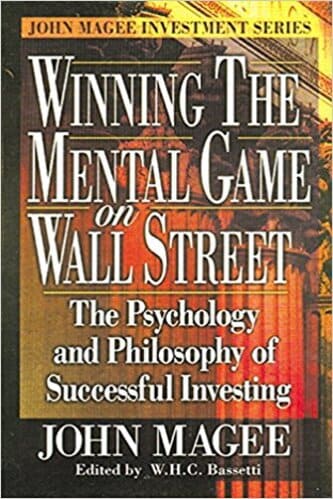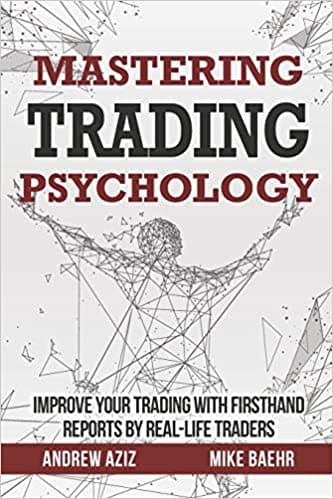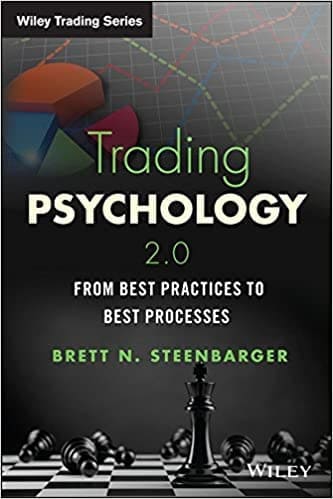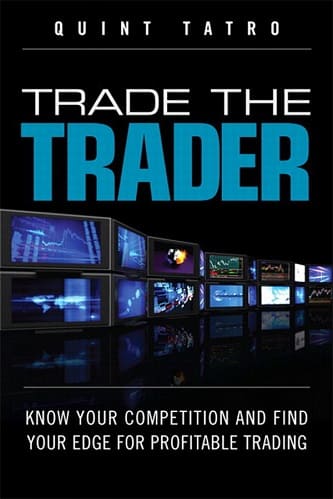Articles
Why Do Most Traders Lose By Dr Harry Stanton
During a ‘trading more effectively’ seminar in the USA, a questionnaire was given to participants asking them to decide on what they thought were the most typical errors committed by traders. The four main reasons were these:
- lack of confidence;
- lack of a trading plan;
- poor execution of trades; and
- fear of loss paralysing decision making.
It is interesting to note that all four of these reasons for losing could be avoided with the adoption of a reasonably successful trading plan. With a method such as the Starter Pack, the issue of confidence becomes far less important. This is true only if it is followed implicitly with all signals given. If the plan is followed exactly according to all the rules, whether traders are confident or not is irrelevant. They just enter the market when the Starter Pack says to enter the markets and exit when the appropriate stops are hit or the target attained. Naturally, after the system proves itself to be profitable, traders will take these actions more confidently but that will not affect their results as long as they stick to the rules. For confidence is a double-edged sword and often, after a few wins, people become carried away with their own success, ignoring the money-management rules and over-trading is a sure recipe for disaster.
Obviously the second point, the lack of a trading plan, is covered by using the Starter Pack as is the third point, execution. If the rules are followed as set out, the entry and exit points are clearly specified. Any good trading system should do this. If they do not establish entry and exit points clearly, they are most unlikely to be successful as the psychological factors of fear, hope and greed will prevent success on the part of their users.
Which brings us to the fourth point, fear of loss. Even the best trading plan in the world is not going to be able to avoid this one. Plans having a 60 percent success rate, which is a pretty good track record could, under the laws of statistical probability, have up to 12 consecutive losses. That would not only increase the fear of losing to virtually unmanageable proportions, it is also likely to destroy confidence in the system entirely. Such a continuous run of losses is exceptional, particularly with the Starter Pack which has a better than 60 percent record, but the statistics say it could happen. However, the chance of survival as a trader is far greater with a trading plan than without one and, under most conditions, the fear of loss is more manageable when you are using one.
Jake Bernstein, writer of many books on trading and an experienced trader in his own right, reinforces many of the points made above when he talks of the five main blunders. He has stated that of all the things that can go wrong in the market, he suspects that about 80 percent of them occur as a function of the trader’s psychology. These seem to be universal among traders. These errors are immensely costly, serious, totally absurd, common, yet are simple to understand.
The first blunder is not taking a loss at the right time. This is a point David has stressed repeatedly and readers of Gann’s books find this reiterated time and time again. The market is always right and no matter how brilliant our technical analysis may be, it is simply lines drawn on charts. It is not reality. The market is reality and it will do what it has to do irrespective of our belief that it should do something else. Thus it is essential to establish a point at which you must accept your analysis has been wrong and that you have to cut short your loss before it assumes disastrous proportions. So all good trading systems incorporate, in their exit parameters, specific points where a trade must be quitted.
Suggested Books and Courses About Psychology and Risk Management
This requires some action on your part as a trader, and as a rule, people find it easier to do nothing than to do something. The act of taking a loss requires unpleasant thoughts, unpleasant actions, and unpleasant negative consequences. Using stops to protect capital is fine in theory but in practice it can be a cause of great frustration, as a series of relatively small losses steadily erode capital. There is, unfortunately, no perfection in this world. Still, most successful traders come down on the side of using stops as the lesser of the two evils.
Bernstein states that the second great blunder is not acting on signals. Human beings have a great propensity to second guess the trading plans they use. After a couple of losses they might hang back and decide to let the next trade go because that might lose too. When it proves successful, they take the next signal. That could be the loser. The law of averages tells us that no matter how long a run of losses may be, there is no way of knowing whether the next trade will be successful or unsuccessful. If we chose to take some trades and not others, we are not trading the system at all. Of course, it can work the other way too. A series of wins leads to forcing trades which really are not there and this is just as great a problem. As Bernstein asks: why have a system if you don’t use it?
Closing profitable trades too soon or too late is the next blunder Bernstein lists. This one comes about through fear and lack of confidence. In failing to act on buy and sell signals generated by your trading system you leave yourself open to the errors of chasing the markets, waiting for prices to retrace, panicking and buying or selling too late. This particular blunder is caused by feelings of insecurity about the potential of your trading system. Again, use a trading plan with clearly defined targets, and stop points for early exits if this is necessary, can be helpful here. When you chose not to stick to these parameters, you make your decisions on emotional rather than systematic or logical grounds. If your system has had a few successive losses, you can become insecure about its profitability and thus take any sort of profit as it appears. Conversely, unrealistic expectations that one winning position can compensate for a series of previous losses leads to staying in too long, losing the profit that was there through a reversal.
Blunder number four is acting on extraneous information. This means you should not consider any information that is not the direct result of signals or indicators derived from your trading system. If you listen to and act upon advice from different sources it puts you in a position of not learning from the results of your trades. The worst learning results from profits which are made in spite of unsystematic behaviour and listening to too many opinions.
Trading with insufficient capital is the last blunder on Bernstein’s list. Trading with limited capital makes for a nervous trader. Probability theory indicates that traders who begin with sufficient funds and follow a conservative money-management approach increase their chances of success. It is important to begin with your entire starting amount, placing those funds with your broker, whether you use them or not. In this way you know exactly where you stand with the percentage of your risk capital you have allocated to trading. Without such a specific money-management plan most traders will not survive. Only a certain percentage of capital should be risked on any one trade, so a succession of unsuccessful trades will still leave you in the game. Risking too much on one or two trades that look so good can easily lead to wipe out. David has said on many occasions that many of the trades he thought were sure winners were the ones that turned out to cost him dearly.




